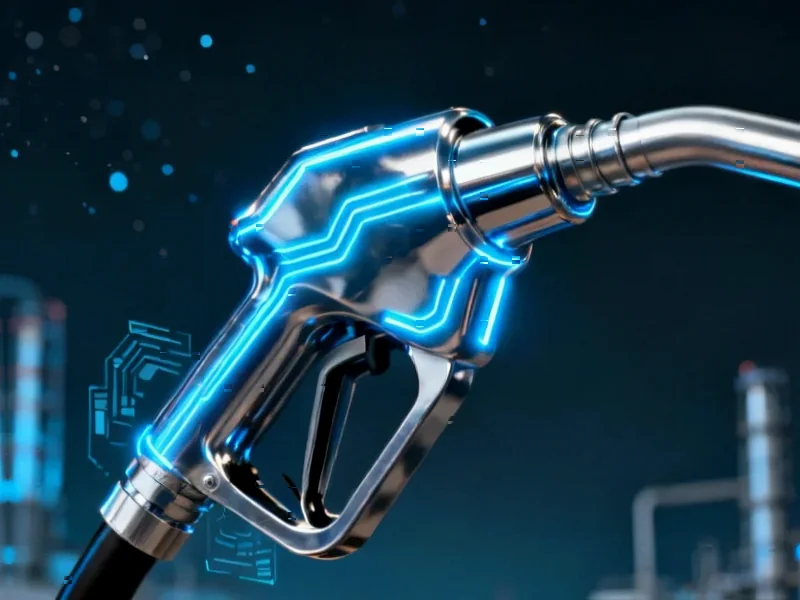According to Utility Dive, explosive electricity demand growth is eliminating the renewable energy surpluses that once made storage efficiency seem optional. Data centers alone are projected to increase power consumption by 165% by 2030, accounting for 50 GW of the predicted 100 GW of new U.S. peak demand. The Department of Energy estimates that up to 460 GW of long-duration energy storage (LDES) capacity may be needed by 2050, with round-trip efficiency (RTE) emerging as the critical differentiator. Recent modeling shows that high-efficiency (75% RTE) LDES technology could save California power producers $11 billion in renewable generation overbuild compared to low-efficiency (46% RTE) alternatives, while Texas analysis reveals efficiency differences can double project returns. This efficiency premium is reshaping investment decisions across the energy storage industry as tolerating wasted power becomes economically unsustainable.
The Coming Efficiency Arbitrage
What the data reveals is a fundamental shift from treating storage as a cost center to recognizing it as an efficiency arbitrage opportunity. When renewable energy was frequently curtailed due to oversupply, the economics favored any storage solution that could capture even marginal value. But as electricity demand surges from data centers, EV charging, and industrial electrification, every megawatt-hour becomes contested territory. The emerging business model isn’t just about storing energy—it’s about maximizing the value extraction from increasingly expensive infrastructure investments. Companies that can deliver higher RTE effectively create more virtual capacity from the same physical assets, a competitive advantage that compounds across project portfolios.
The Infrastructure Compounding Effect
The real financial impact of storage efficiency lies in what I call the “infrastructure compounding effect.” Every percentage point of efficiency loss doesn’t just represent wasted energy—it triggers cascading capital requirements. Lower RTE means utilities must overbuild renewable generation capacity, transmission infrastructure, and even land acquisition to compensate. Department of Energy analysis suggests the transition could cost $740 billion in additional power system costs, and inefficiencies will directly inflate this figure. The Texas comparison showing 75% RTE systems delivering nearly double the returns of 40% RTE alternatives demonstrates how efficiency becomes the primary determinant of project economics at scale.
Technology Darwinism in Storage
We’re entering a period of technology Darwinism where storage solutions will be selected not just on cost per kilowatt-hour but on their ability to maximize value extraction from constrained resources. The 70% RTE threshold emerging as the new target represents a significant escalation from earlier 50% assumptions, creating a natural selection pressure that will favor certain chemistries and technologies over others. Flow batteries, advanced compressed air, and certain thermal storage technologies that can maintain high efficiency at scale will have structural advantages. Meanwhile, technologies that sacrifice efficiency for other benefits will face increasing headwinds as regulators incorporate RTE requirements into procurement standards.
Strategic Implications for Investors and Developers
The financial community is rapidly internalizing these efficiency dynamics, creating a bifurcated investment landscape. Venture capital and project finance will increasingly flow toward technologies that can demonstrate both scalability and high RTE, while marginal solutions will struggle for funding. The $11 billion California savings figure provides a concrete benchmark that will influence procurement decisions across utility-scale projects. For developers, the strategic imperative is clear: prioritize efficiency in technology selection and project design, as the market is beginning to price the efficiency premium directly into project valuations and power purchase agreements. Companies that recognized this shift early are now positioned to capture disproportionate value as the industry consolidates around high-performance solutions.
Beyond Storage: The Broader Energy Ecosystem
This efficiency focus extends beyond storage to reshape the entire renewable energy value chain. Solar and wind developers will increasingly favor partners who can maximize the utilization of their generation assets, creating new alignment incentives across what were previously separate segments. The traditional silos between generation, storage, and transmission are breaking down as system-level optimization becomes the primary value driver. We’re witnessing the emergence of integrated energy platforms where efficiency becomes the common currency linking previously disconnected infrastructure decisions, creating opportunities for companies that can deliver holistic solutions rather than point technologies.




